Last Updated: November 19, 2025
Islamabad Suicide Blast 2025: Massive Explosion Near G-11 Court, What We Know So Far
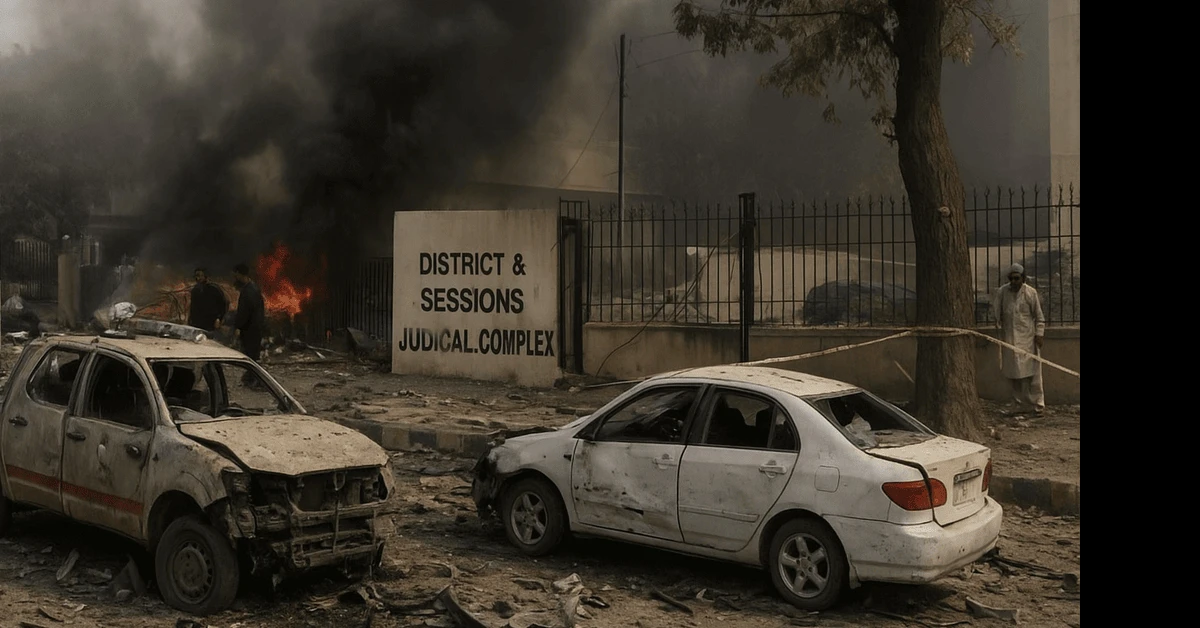
A powerful explosion in Pakistan’s capital Islamabad has once again put the country on edge and raised serious questions about security in the federal city. The blast, described by officials as a suicide bombing, took place outside the District Judicial Complex in the G-11 sector, close to the Srinagar Highway. It is being counted as the deadliest attack in Islamabad in nearly a decade.
As of the latest reports available, authorities confirm that at least 12–13 people have been killed, including the suspected attacker, and around 30–36 others injured. Investigations are ongoing and the death toll could change as critically injured victims receive treatment in hospitals.
This article sums up what we know so far about the massive explosion in Islamabad: the timeline, location, casualties, who has claimed responsibility, the government’s response and what it could mean for security and daily life in the capital.
When and Where Did the Islamabad Explosion Happen?
The blast occurred on 11 November 2025, around midday, just outside the District and Sessions Court / District Judicial Complex in G-11/4, Islamabad.
Key details so far:
- Date: 11 November 2025
- Approx. time: Shortly after 12:30 p.m. Pakistan Standard Time (reports vary slightly)
- Location: Entrance of the District Judicial Complex, G-11/4, near Srinagar Highway
- Target: Police vehicle outside the court complex, after the attacker failed to enter the building itself
The court complex is a busy area that typically sees hundreds of visitors daily, including lawyers, litigants, witnesses, and ordinary citizens attending hearings. The blast took place during working hours, making the location and timing highly sensitive.
What Happened? Sequence of Events
Based on official statements and early media reports, the attack unfolded roughly as follows:
- A man wearing an explosive vest approached the gate of the District Judicial Complex in G-11.
- He reportedly attempted to enter the court premises but was unable to get through security and the gate.
- Witnesses say the attacker stayed near the entrance for around 10–15 minutes, moving close to an Islamabad Police vehicle parked nearby.
- The bomber then detonated the explosives near the police vehicle outside the gate, causing a massive explosion.
- The blast shattered nearby windows, damaged vehicles, and left many people injured, with bodies and debris scattered near the entrance.
CCTV footage and on-ground images show damaged vehicles, smashed glass, and emergency responders rushing victims to hospitals. Forensic teams have collected evidence from the site, including body parts believed to belong to the bomber, confirming it was a suicide attack.
Casualties: How Many People Were Killed or Injured?
Exact figures are still being updated as hospitals receive casualties, but as of the latest information from officials and major news outlets:
- Fatalities: At least 12–13 people, including the suspected suicide bomber
- Injured: Around 30–36 people, some in critical condition
- Victims: Include civilians, police personnel and people who were at the court for proceedings or passing by
Many of the wounded were taken to nearby hospitals such as the Pakistan Institute of Medical Sciences (PIMS), where doctors reported multiple serious injuries including burns, shrapnel wounds and head trauma.
Officials have warned that the death toll may rise depending on the condition of critically injured patients.
Who Has Claimed Responsibility for the Islamabad Blast?
According to early reports, responsibility for the attack has been claimed by Jamaat-ul-Ahrar, a faction linked to the Tehrik-e-Taliban Pakistan (TTP).
Key points from initial claims and statements:
- Jamaat-ul-Ahrar said it carried out the attack, linking it to its broader campaign against the Pakistani state and judiciary.
- The group indicated that judges, lawyers and officials working under Pakistan’s current legal system were among the intended targets.
- The main TTP umbrella group has reportedly distanced itself from the specific attack, but security officials continue to investigate connections.
The blast also came shortly after a deadly car explosion in New Delhi, India, fueling cross-border tensions and political accusations between the two countries.
Government & Security Response
Following the explosion, Pakistani authorities have reacted strongly at both the federal and local levels.
Immediate Security Measures
- The blast site was sealed off with barbed wire and security cordons, preventing public access to the court area.
- Ambulances and rescue teams quickly transported victims to hospitals.
- Bomb disposal and forensics teams arrived to collect evidence and confirm the nature of the explosives.
- Security was tightened across Islamabad’s key installations, including courts, diplomatic areas and government buildings.
Investigations and Arrests
According to early reports:
- Law enforcement agencies have launched a full-scale investigation into the network behind the bomber.
- Several suspects have reportedly been detained in follow-up raids in nearby areas including Rawalpindi.
- Authorities have said that the attacker was likely an Afghan national linked to militant groups operating from across the border (this detail may still be under verification in future updates).
Political Statements
Top Pakistani leaders, including the Prime Minister and President, have condemned the blast, calling it an attack on the country’s security and justice system. The Interior and Defence ministries have issued strong statements, describing Pakistan as being in a “state of war” against terrorism and vowing to respond.
Officials have also suggested that foreign-backed elements and networks using Afghan territory may be involved, indicating that the investigations will have both domestic and regional dimensions.
Context: Why This Attack Matters So Much
The 2025 Islamabad blast is considered especially significant for several reasons:
1. Deadliest Attack in Islamabad in Years
International media and local outlets have described this as the deadliest attack in Islamabad in nearly a decade, highlighting the seriousness of the incident in a city that has comparatively stronger security compared to conflict-affected regions.
2. Targeting a Judicial Complex
By attacking a court complex, the perpetrators directly targeted a symbol of the state’s legal system. Such attacks aim to create fear among judges, lawyers, and ordinary citizens seeking justice, and to give the impression that even sensitive state institutions are vulnerable.
3. Timing with High-Profile Events
The blast happened while Islamabad was hosting international meetings like the Inter-Parliamentary Speakers’ Conference and the Margalla Dialogue, and while Pakistan’s cricket team was playing Sri Lanka in nearby Rawalpindi.
This timing has raised concerns that the attackers wanted to:
- Embarrass Pakistan on the global stage
- Signal that high-security zones and big events are still at risk
- Discourage foreign teams and delegations from visiting Pakistan
How Are People in Islamabad Affected?
Beyond the immediate loss of life and injuries, the explosion has had a wider emotional and practical impact on residents of the capital.
Fear and Anxiety
Many people living and working in Islamabad, especially those near the G-11 area, report feeling:
- Increased anxiety about visiting crowded public places
- Fear of using court complexes, markets and public transport
- Worries about whether more attacks could follow
Traffic Disruptions and Security Checks
- Roads around G-11 and nearby parts of the city have faced closures and diversions.
- More frequent police and Rangers checkpoints have been reported on main routes.
- Office timings and court schedules may be affected as authorities review security protocols.
While these measures can be inconvenient, they are meant to reduce the risk of further attacks and to reassure the public that security forces are on alert.
How to Stay Informed and Safe in Islamabad
During fast-moving situations like this, information can change quickly. If you are in or near Islamabad, you can take some practical steps:
1. Follow Official Sources
- Keep an eye on updates from Islamabad Police, NDMA and district administration social media accounts.
- Follow reputable national news channels and websites instead of random social media forwards.
- Be careful about unverified rumors; do not share them without checking credible sources.
2. Avoid Crowded or Cordoned Areas
- Stay away from the G-11 court complex area unless you have essential work and authorities have cleared it.
- Respect police cordons and diversions and do not attempt to cross blocked routes.
- If you work in sensitive locations (courts, government offices, embassies), follow your organization’s security guidelines.
3. Emergency Preparedness
- Save important emergency numbers in your phone, including local police and ambulance services.
- Inform family members of your route and expected timings if you need to travel near sensitive areas.
- Be mindful of suspicious activity, unattended bags or unusual behavior, and report it to authorities.
Long-Term Implications for Security in Islamabad
Analysts say the attack is a “litmus test” for Pakistan’s security situation: if militants can strike in Islamabad despite heavy security, it suggests that militant networks still have the capability to hit high-value targets.
Possible long-term implications include:
- Stronger security perimeters around courts and government complexes
- More surveillance and intelligence operations targeting militant cells
- Intense political debate on counter-terrorism policy, regional ties and border security
- Concerns among foreign investors, diplomatic missions and visiting sports teams
Much will depend on how quickly and transparently the investigation moves, who is officially blamed, and what concrete steps are taken to prevent a repeat.
Key Takeaways: Islamabad Massive Explosion in G-11
- A suicide bomber detonated explosives outside the District Judicial Complex, G-11/4, Islamabad, on 11 November 2025.
- The blast killed at least 12–13 people and injured around 30–36 others, making it the deadliest attack in Islamabad in years.
- The attacker apparently tried to enter the court, failed, and then blew himself up near a police vehicle at the gate.
- Jamaat-ul-Ahrar, a faction linked to the Pakistani Taliban, has claimed responsibility.
- The incident has triggered a major security response, political condemnation and renewed worries about terrorism in Pakistan’s capital.
- Residents are advised to stay informed through official channels, avoid sensitive areas and cooperate with security checks.
As more information becomes publicly available, some details may be updated, but at this stage the Islamabad explosion highlights the continuing challenge Pakistan faces in ensuring security even in its most heavily guarded city.
FAQs About the Massive Explosion in Islamabad (G-11 Court Blast)
Where exactly did the Islamabad blast happen?
The explosion took place outside the District Judicial Complex (district and sessions court) in the G-11/4 sector of Islamabad, near the Srinagar Highway.
How many people were killed and injured?
As of the latest updates, at least 12–13 people have been killed, including the suspected attacker, and around 30–36 have been injured. Numbers may be adjusted as authorities release final figures.
Was it a suicide bombing?
Yes. Officials and forensic teams say the attacker was wearing an explosive vest and detonated it near a police vehicle after failing to enter the court complex, confirming that it was a suicide attack.
Who has claimed responsibility for the Islamabad explosion?
The attack has been claimed by Jamaat-ul-Ahrar, a faction of the Tehrik-e-Taliban Pakistan (TTP), though the broader TTP has issued its own statements regarding the incident.
Why was the court complex targeted?
Militant groups often view courts as symbols of the state and its legal system. In this case, initial statements from the claiming group suggested that judges, lawyers and officials enforcing Pakistan’s existing laws were among their intended targets.
Is it safe to travel to or within Islamabad after the blast?
Security has been tightened across Islamabad, with more checkpoints and patrols, especially near sensitive locations. Residents are generally able to move around the city, but are advised to avoid the G-11 court area and follow official advisories, route diversions and instructions from law enforcement agencies.
How is the government responding?
The federal government and Islamabad administration have condemned the attack, ordered a detailed investigation, and increased security around courts, government buildings and key installations. Several suspects have reportedly been detained in follow-up operations, and authorities are investigating possible regional and foreign links.
Could there be more attacks?
Security officials always consider the risk of follow-up attacks after a major incident, which is why security has been tightened and intelligence operations intensified. However, there is no publicly confirmed information about specific future threats; residents are encouraged to stay alert and rely on verified official updates.
Where can I get reliable updates about the Islamabad blast?
For accurate information, follow:
- Official accounts of Islamabad Police and local administration
- Reputable Pakistani news outlets and international news agencies
- Statements from the Interior Ministry and other government bodies
Avoid spreading or believing unverified social media posts, especially those with sensational claims and no credible sources.
You May Also Like:
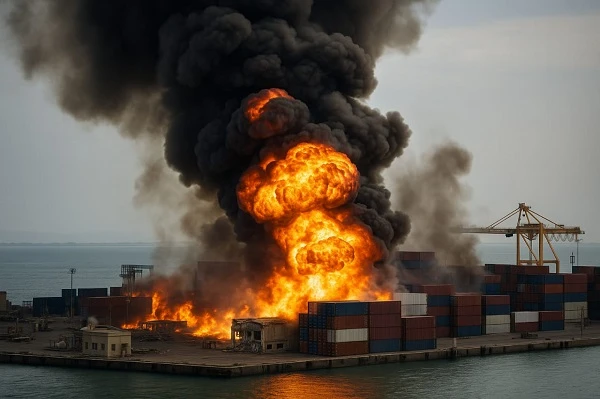
Chaos at Sea: Massive Blast Rocks Iran’s Shahid Rajaee Port, Hundreds Injured!...
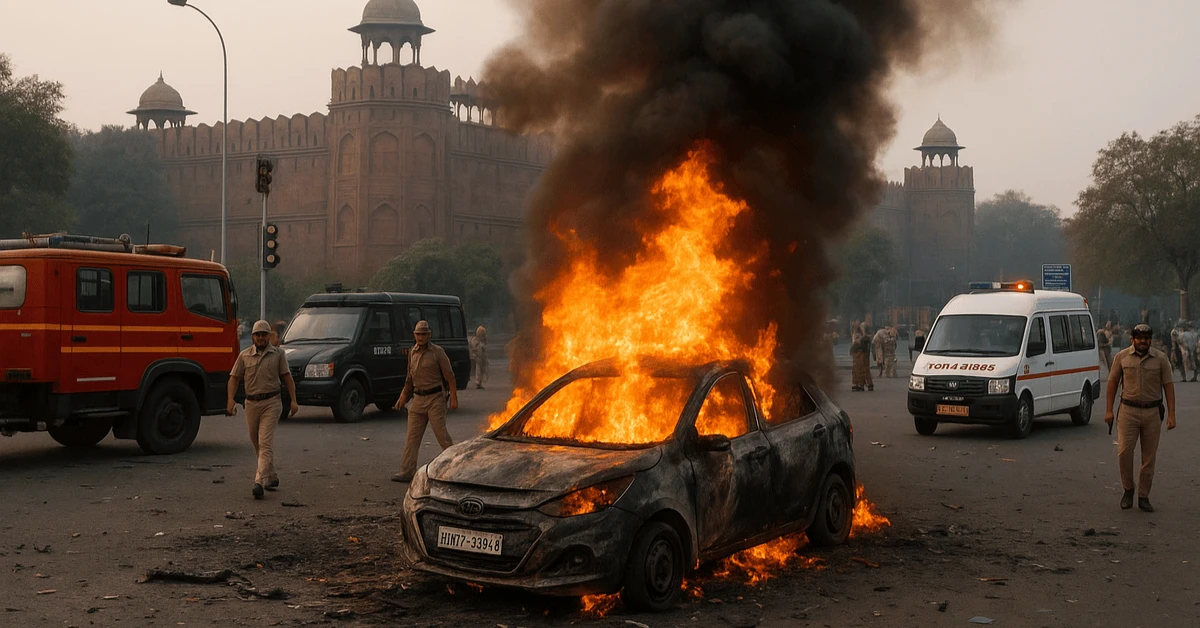
Car Explosion Near Red Fort, New Delhi: What Happened and What It Means...
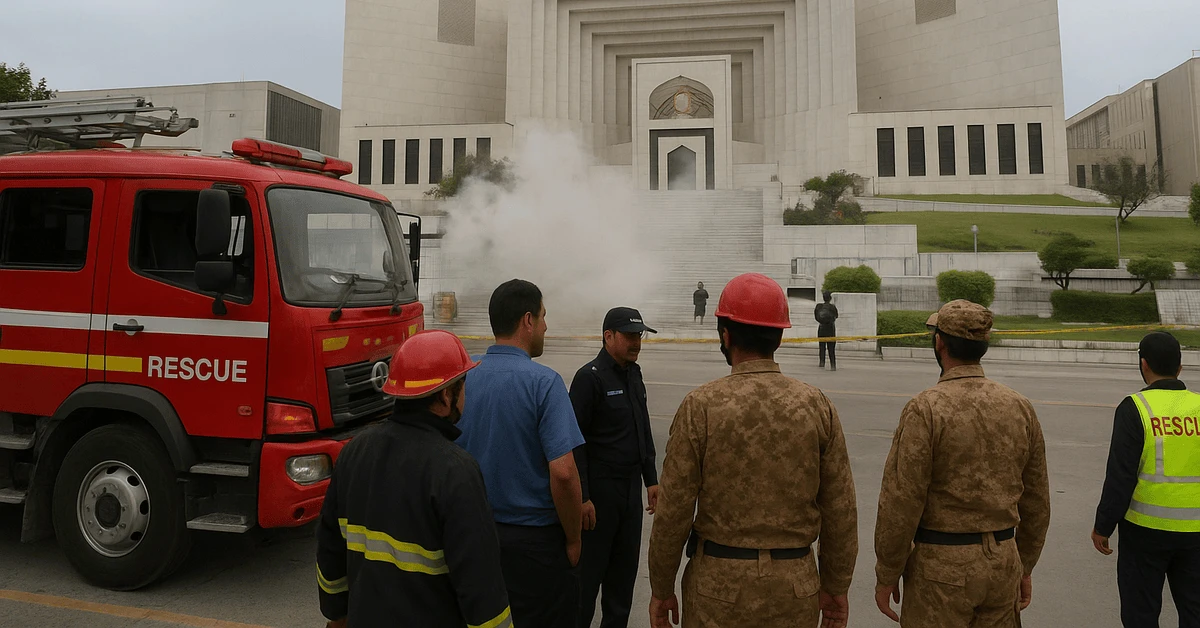
Cylinder Explosion at Supreme Court Pakistan: What Happened Today...
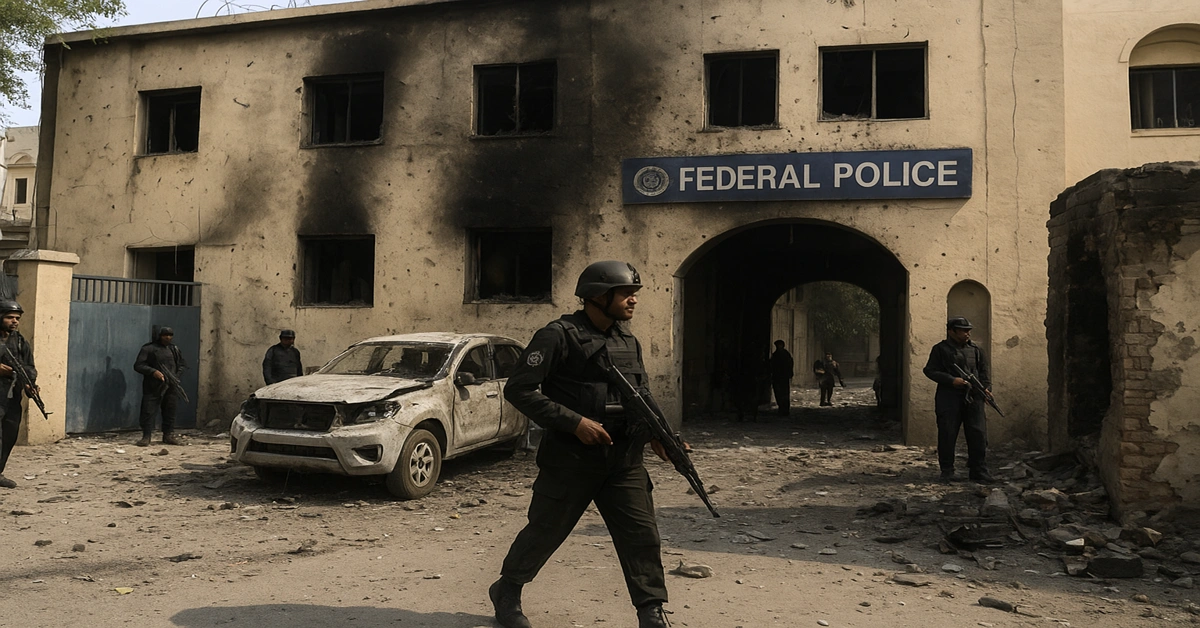
Peshawar FC Headquarters Attack in 2025: What Happened and Latest Updates So Far...

Petrol Price Drop in Pakistan on April 16, 2025: What You Need to Know...
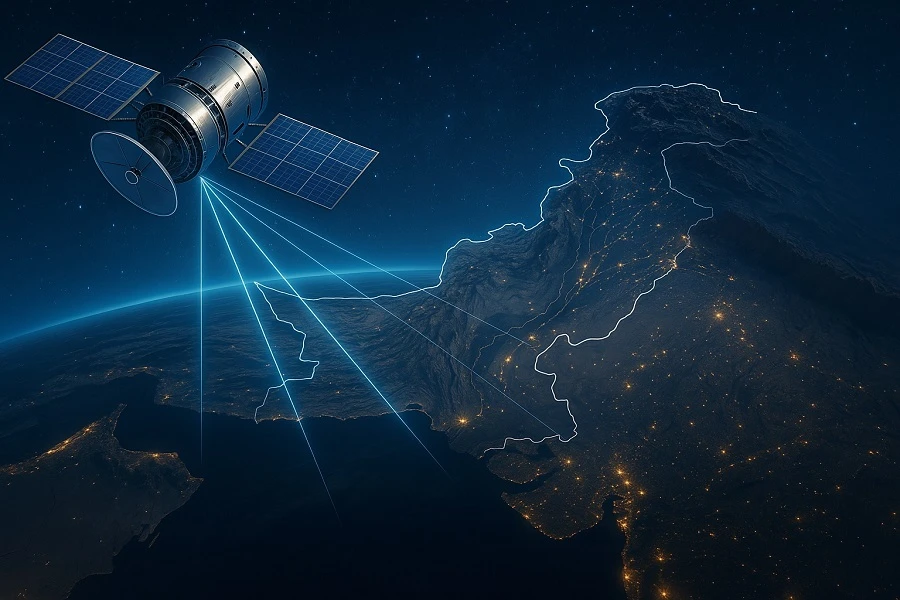
Starlink and the Race for Satellite Internet in Pakistan: What You Need to Know in 2025...
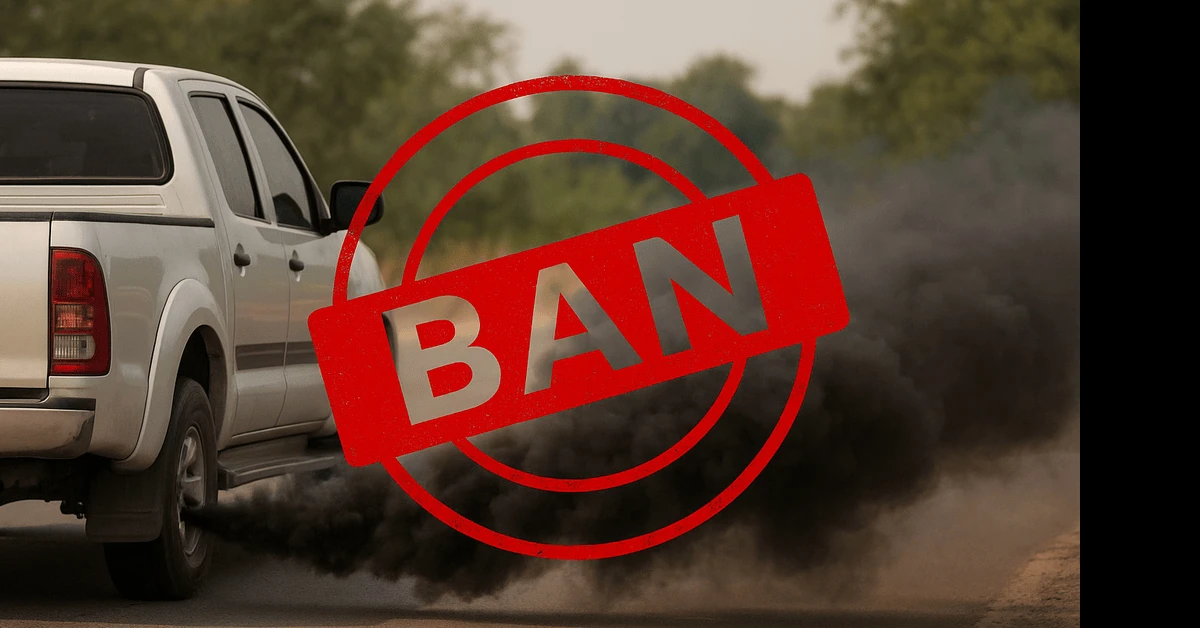
Islamabad Launches Vehicle Smoke-Emission Ban to Tackle Winter Smog...

